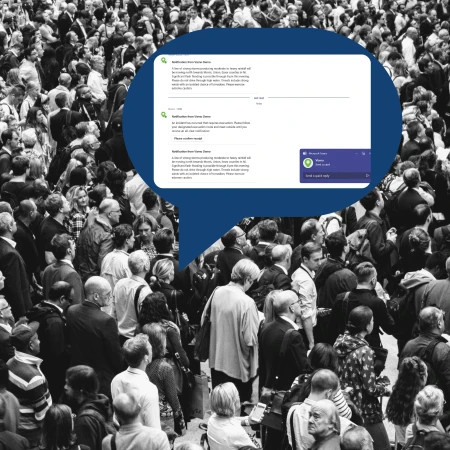Speaking of attention… the VLR surprise
One thing ISO 31030 encourages is understanding the security realities of the destination.
Here’s a reality many people have never thought about: the moment you switch on your phone abroad, it registers with the local network’s VLR (Visitor Location Register).
Meaning: your presence is logged immediately, whether you like it or not.
In most countries, this is harmless. In others, especially where governments monitor communications closely, it can matter a great deal, particularly for people working on sensitive projects or for high-profile organisations.
It doesn’t mean “don’t travel.” It just means know what you’re walking into.







